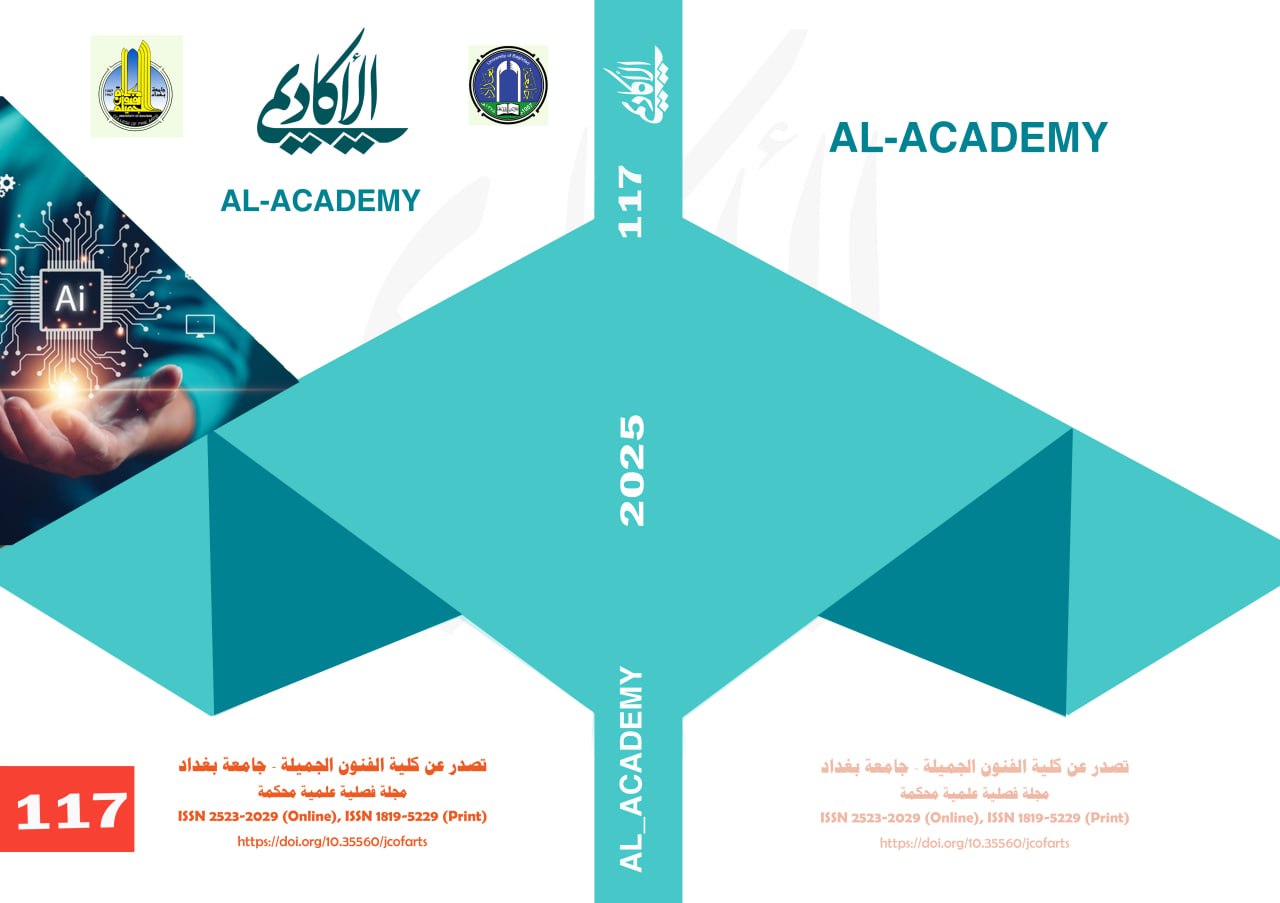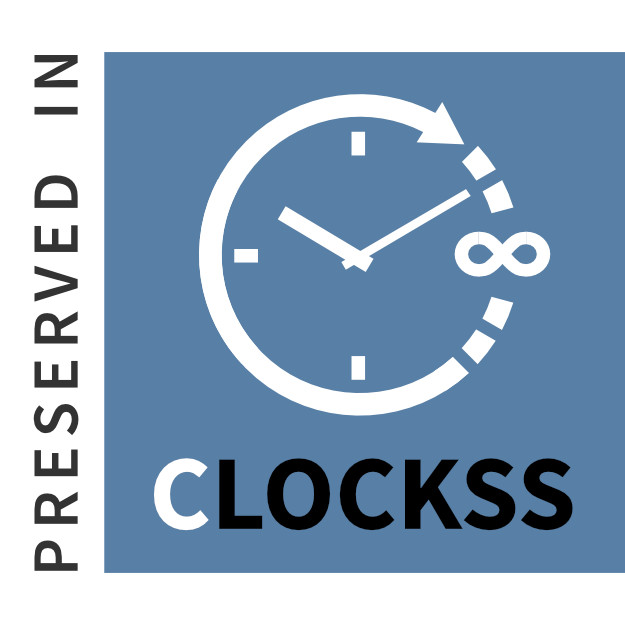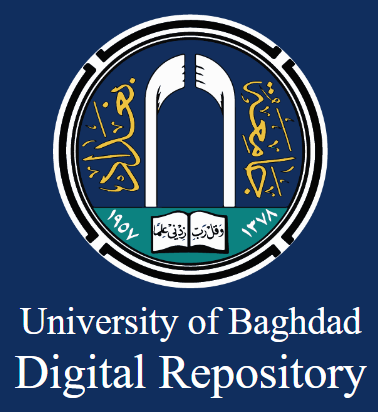جماليات تقنية الواقع المعزز كمدخل لعرض الأعمال الفنية المعاصرة
DOI:
https://doi.org/10.35560/jcofarts1615الكلمات المفتاحية:
جماليات، تقنية الواقع المعززالملخص
ملخص البحث:
هدف البحث الحالي إلى تحديد طبيعة تقنية الواقع المعزز ذات الصلة بالأعمال الفنية المعاصرة، كما هدف البحث إلى الكشف عن القيم الجمالية في تقنية الواقع المعزز، وقد استخدمت الباحثة المنهج الوصفي التحليلي، وذلك في تحليل أعمال فنية معاصرة قائمة على تقنية الواقع المعزز، وكان مجتمع البحث يتكون من جميع الأعمال الفنية المعاصرة القائمة على تقنية الواقع المعزز، وتكونت العينة من تحليل (٥) أعمال فنية معاصرة في مجال الفنون البصرية القائمة على تقنية الواقع المعزز، وقد كان من أبرز نتائج البحث: إن البحث عن تقنيات تكنولوجية جديدة في عرض الأعمال الفنية يسفر عنه قيم جمالية جديدة، وأن فن الواقع المعزز يحقق إشباعًا جماليًا وعاطفيًا وثقافيًا للمتلقي، سواء كان ثابتًا أو متفاعلًا، كذلك استخدام التقنيات التكنولوجية الجديدة كتقنية الواقع المعزز وغيرها، يوفر الكثير من الجهد والوقت والمال لإيجاد طرق عرض مبتكرة، وأخيرًا إن الهدف من عرض الأعمال الفنية من خلال تقنية الواقع المعزز التفاعلية، هو تثقيف المتلقي بالفن وقدرته على تذوق فكرة العمل وجذبه نحوه، وتنمية الذائقة الجمالية لديه والارتقاء بها.
الكلمات المفتاحية:
جماليات – تقنية الواقع المعزز – عرض - الأعمال الفنية - المعاصرة.
المراجع
Abdelghani, S., Bakr, M., & Hassan, H. (2020). Material technology and its role in developing artistic performance in contemporary painting. Journal of Research in Qualitative Education, (58), 581–608.
Abdulaziz, K., & Sharaf, D. (2019). Contemporary digital technologies and their role in enriching the aesthetic values of biotechnology art products as a proposed approach to art appreciation. Journal of Research in Qualitative Sciences and Arts, 6(2), 307–360.
Abu Talib, A. (2023). The aesthetics of augmented reality technology in enriching the fields of visual arts (A descriptive study). South Valley International University Journal of Educational Sciences, 6(10), 36–57.
Ahmed, R. (2019). Light in contemporary sculpture and its impact on developing the aesthetic taste of society. Research in Qualitative Education, (35), 1550–1582.
Asr, S., Sherbash, M., & Hamed, S. (2022). Augmented reality applications as a technological medium for enriching contemporary art. Journal of Design and Applied Arts, 3(2), 314–324.
Al-Duhaim, B. (2024). The effectiveness of augmented reality technology in creating interactive digital designs. International Journal of Humanities and Social Sciences, (57), 183–207.
Eskandar, N., & Abdullah, A. (2020). Augmented reality technology as an approach to enrich archaeological sculptures. Journal of Arts, Literature, Humanities and Sociology, (49), 411–429.
Al-Ghanem, A. (2018). A contemporary vision of the aesthetics of Arabic calligraphy in light of digital technology. Journal of Research in Art Education and Arts, 18(2), 1–15.
Harara, S. (2022). The impact of using digital art technology and augmented reality art on enrichment. Journal of Research in Art Education and Arts, 23(3), 34–47.
Khamis, M. (2015). Virtual reality technology, augmented reality technology, and mixed reality technology. Journal of Educational Technology, 25(2), 1–3.
Larsen, Y., Bogner, F., Buchholz, H, & Brosda, C. (27 – 29 October 2011). Evaluation Of a Portable and Interactive Augmented Reality Learning System by Teachers and Students, open classroom conference augmented reality in education Ellinogermaniki Agogi, Athens, Greece, pp. 41-50.
Mahmoud, S., Zehni, H., & El-Saeed, W. (2017). The impact of moving elements on mural treatments and their effectiveness on the audience. Journal of Architecture, Arts and Humanities, (6), 230–242.
Al-Muhdi, I. (2021, February 27). The duality of the sublime and the beautiful in contemporary art. Algerian Cultural Magazine.
Al-Obaidi, B. (2020). Stylistic diversity and the aesthetics of its employment in digital arts. Jordanian Journal of Arts, 13(3), 377–389.
Osborne, H. (1998). The Oxford Companion to Art. Oxford University Press.
Al-Otaibani, A. (1995). Artistic features of selected examples of contemporary art related to modern technology and its role in enriching art appreciation [Unpublished Master’s thesis]. Helwan University.
Papagiannis, H. (2017). Augmented Human: How Technology Is Shaping the New Reality. USA: O'Rrilly Media. Retrieved from: https://2u.pw/mbZRW
Al-Qahtani, S., Al-Amri, A., Al-Madhhab, M., & Al-Omr, B. (2004). Research methodology in behavioral sciences. Obaikan Library.
Saliba, J. (1971). Philosophical Dictionary – Part One. Dar Al-Kitab Al-Lubnani.
Saloum, S. (2020). Aesthetics, Media and Communication Bachelor's Degree. Syrian Virtual University.
El Sayed, N. (2011). Applying Augmented Reality Techniques in the Field of Education, Computer Systems Engineering] master's thesis [, Benha University, Egypt.
Shaheen, A. (2022). A design vision for the interactive product of Islamic arts using future technology. Journal of Architecture, Arts and Humanities, 196–220.
Al-Shuqran, Q., & Al-Ruwaili, A. (2021). The reality of digital visual arts in the Kingdom of Saudi Arabia. Humanities and Social Sciences, 48(4), 185–204.
Al-Tarbak, M., & Asiri, M. (2020). The impact of teaching using augmented reality on developing students' creative thinking. Journal of the University of Sharjah for Humanities and Social Sciences, 17(1), 260–291.
التنزيلات
منشور
إصدار
القسم
الرخصة
الحقوق الفكرية (c) 2025 Rawan Mohammed Al-Ghafeeli , Noura Abdullah Al-Jamaaz

هذا العمل مرخص بموجب Creative Commons Attribution 4.0 International License.













